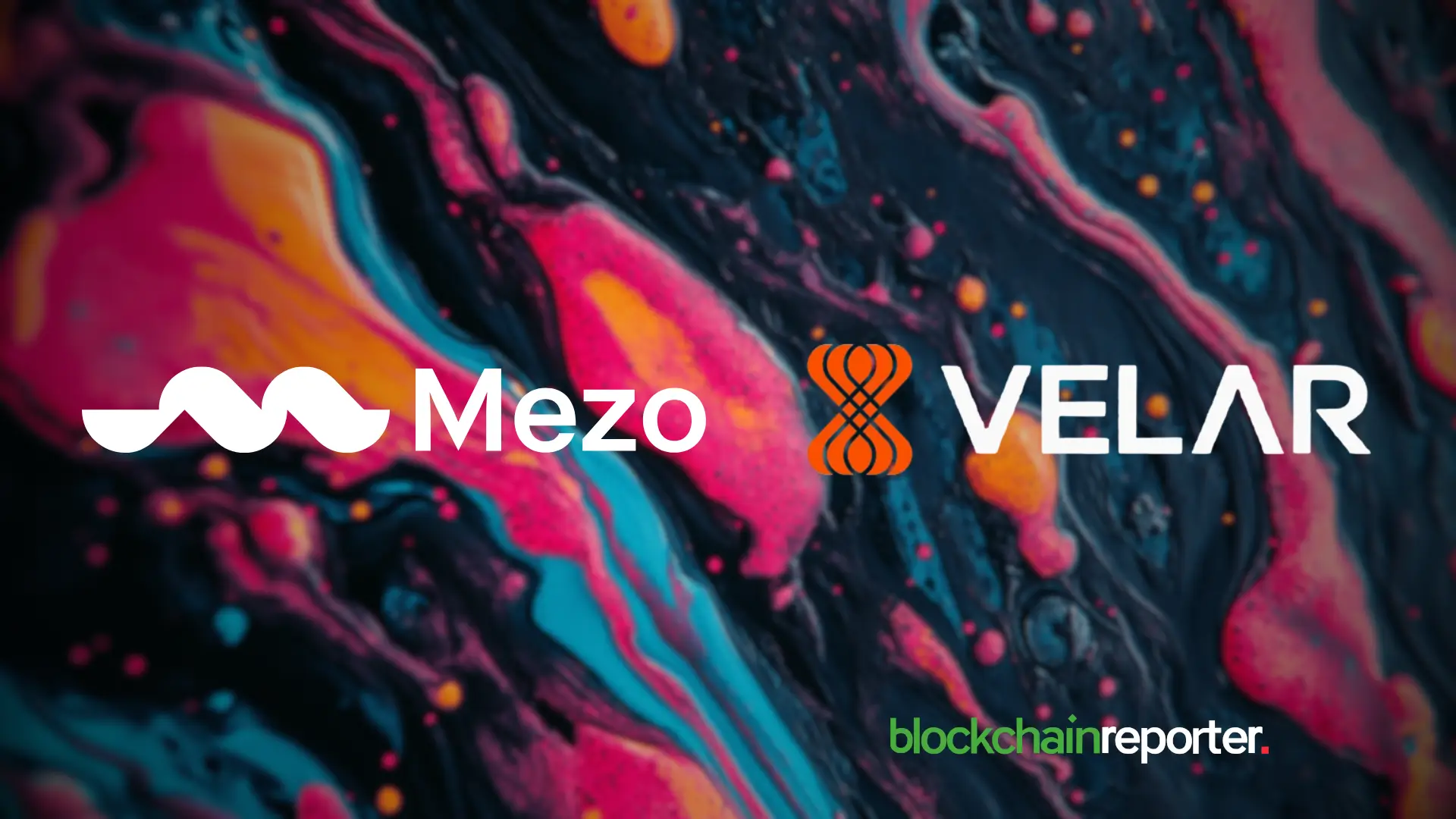
Velar, a Bitcoin DeFi protocol, has partnered with Mezo to integrate mUSD stablecoin functionality with its perpetual decentralized exchange (PerpDex). Through collaboration, Velar users would be able to obtain mUSD with 1:1 backing from Bitcoin ($BTC), which enables stable trading and liquidity provisions on the platform.
The planned Q2 2025 launch enables Bitcoin ($BTC) holders to borrow mUSD from their $BTC at low interest rates. The platform allows users to improve capital utilization by maintaining ownership of their $BTC while gaining liquidity options. The introduction of mUSD will allow Velar to improve decentralized trading and provide users with a stable cryptocurrency that maintains their investment in Bitcoin.
Enhancing Secure Bridging via tBTC Infrastructure
Through its partnership with tBTC’s decentralized bridge infrastructure, Mezo will provide users with secure interconnection capabilities for moving mUSD between PerpDex and Velar. The mechanism enables asset transfers between protocols because it maintains the security of user assets and complete protocol transparency. The bridge is a central element that allows trading operations and transaction liquidity between the two platforms.
Velar plans to introduce dedicated trading pairs with mUSD as their denomination. New trading pairs that are under development will give users enhanced options and promote wider usage of mUSD throughout Bitcoin DeFi ecosystem. The integration will enable the provision of liquidity which will boost the trading depth and quality on the PerpDex.
Velar Enhance Bitcoin DeFi Capabilities
The PerpDex by Velar represents the industry-leading Bitcoin-native perpetual contracts exchange. The platform enables traders to establish leveraged positions across different crypto assets without losing possession of their tokens. The inclusion of mUSD positions Velar to offer users more trading strategies and capital management solutions.
The mUSD issuer Mezo facilitates Bitcoin productivity by providing loans and transactions to users who do not need to sell their BTC assets. Through their joined approach both companies work to expand Bitcoin ecosystem decentralization. Velar intends to develop new capabilities for mUSD so users can utilize it in Bitcoin-based decentralized finance systems.













